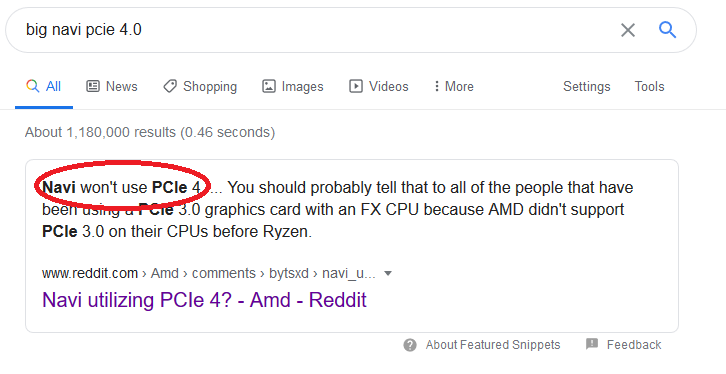erek
[H]F Junkie
- Joined
- Dec 19, 2005
- Messages
- 10,894
You guys get into Webinars?
" In this webinar, attendees will learn more about what is driving the quick transition to PCIe 6.0, including an updated specification release timeline. The webinar will feature a deep dive into the PCIe 6.0 architecture metrics. It will introduce the approach PCIe 6.0 specification is taking to offer new features like PAM-4 encoding and FEC, while preserving its low-latency characteristics required for a Load-Store interconnect and full backwards compatibility. "
https://www.brighttalk.com/webcast/17656/409679
" In this webinar, attendees will learn more about what is driving the quick transition to PCIe 6.0, including an updated specification release timeline. The webinar will feature a deep dive into the PCIe 6.0 architecture metrics. It will introduce the approach PCIe 6.0 specification is taking to offer new features like PAM-4 encoding and FEC, while preserving its low-latency characteristics required for a Load-Store interconnect and full backwards compatibility. "
https://www.brighttalk.com/webcast/17656/409679
![[H]ard|Forum](/styles/hardforum/xenforo/logo_dark.png)
